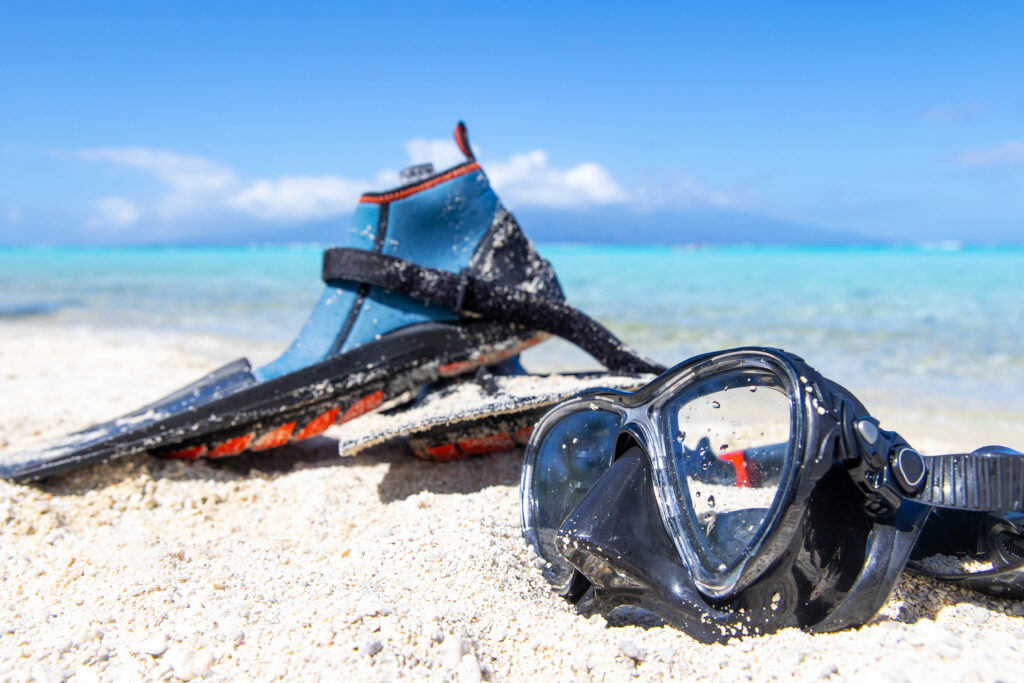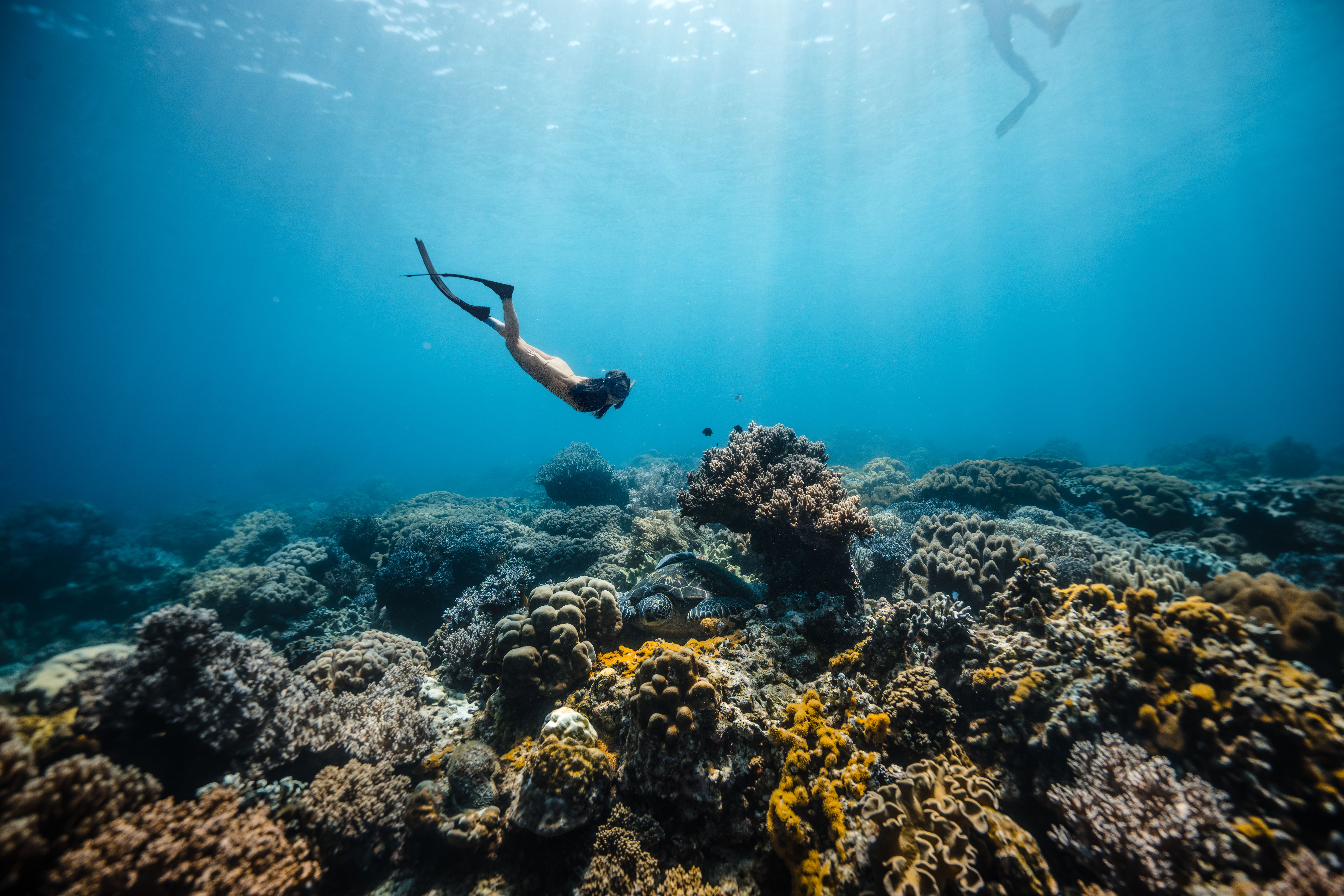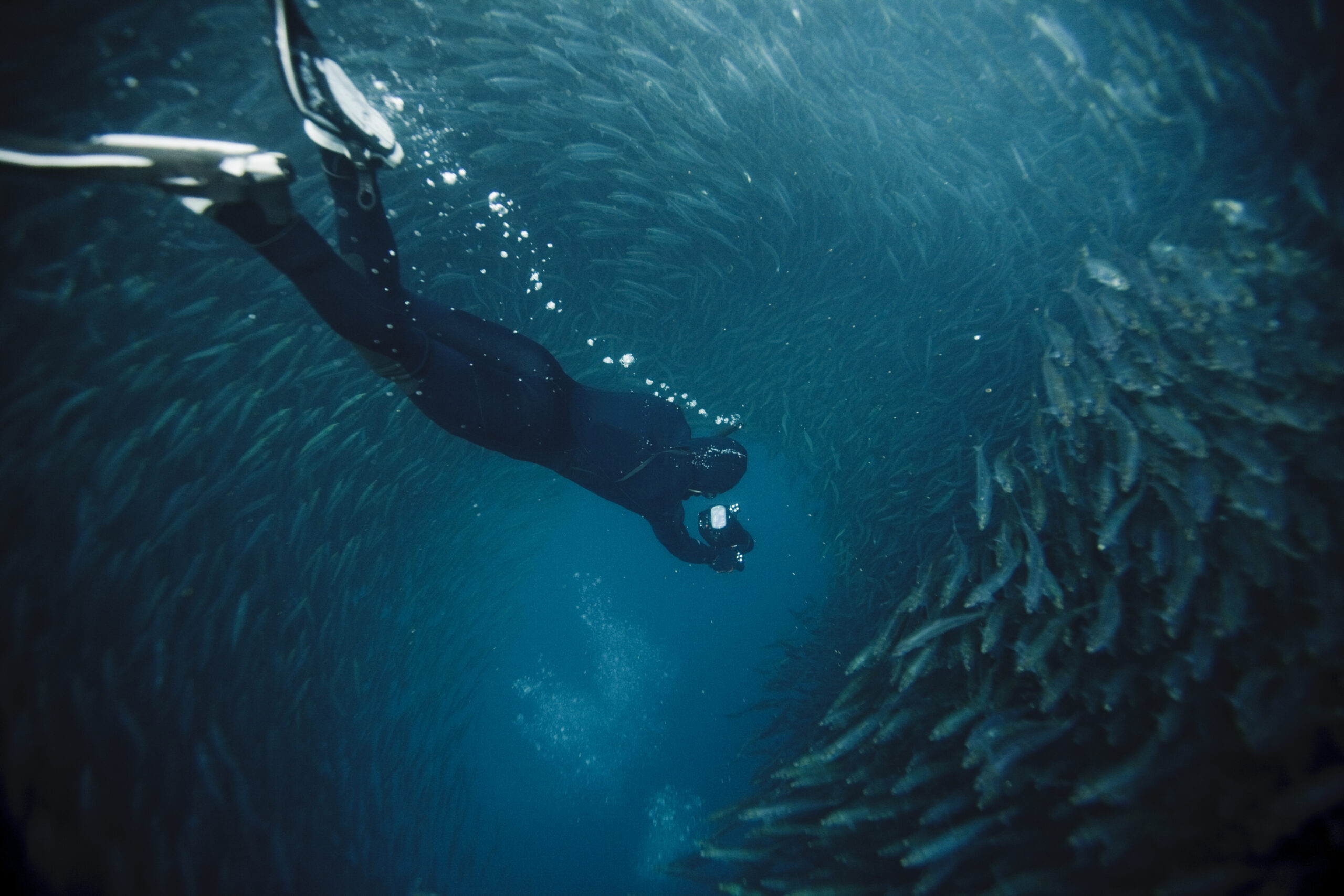Freediving is an exhilarating sport that combines the allure of underwater exploration with the challenge of deep diving on a single breath. Whether you’re fascinated by the serene beauty of the ocean or seeking the thrill of ocean adventures, learning how to freedive can open up a new world of possibilities. This guide will outline the key steps and considerations for those looking to embark on this breathtaking journey.

Understanding Freediving
Before diving into the depths of the ocean, it’s crucial to understand what freediving entails. Freediving, unlike scuba diving, doesn’t involve the use of external breathing apparatus. Instead, divers rely on their ability to hold their breath while exploring underwater environments. This unique aspect of the sport requires a combination of physical and mental preparation to ensure safety and enjoyment.
The Appeal of Freediving
Freediving is more than just an aquatic activity; it’s a way to connect with the marine world on a deeply personal level. The silence and solitude that come with freediving allow individuals to experience the ocean in its purest form. It’s an adventure that offers a sense of freedom, tranquility, and connection to nature.
Preparing for Your Freediving Adventure
Embarking on a freediving adventure requires careful preparation. From physical fitness to selecting the right gear, each step is vital for a safe and fulfilling experience.
Physical and Mental Fitness
A strong foundation of physical fitness is essential for freediving. Regular cardiovascular exercise, strength training, and flexibility workouts can help you develop the stamina and agility needed for the sport. Mental fitness is equally important, as freediving often involves overcoming natural instincts and staying calm under pressure. Techniques like meditation and controlled breathing exercises can enhance your mental fortitude and breath-holding capabilities.

Choosing the Right Gear
Freediving gear is designed to be streamlined and efficient. Key pieces of equipment include:
- A low-volume mask that provides a clear view while minimizing air space
- A snorkel, which is used at the surface before submerging
- Fins, which should be long and flexible to maximize propulsion with minimal effort
- A wetsuit for thermal protection and buoyancy control
- A weight belt to help manage buoyancy
- A freediving watch or computer to monitor depth and dive times
Dive Training and Safety
Safety should always be the top priority when freediving. Never freedive alone; always have a buddy with you. Enrolling in a certified dive training program is the best way to learn proper technique, safety procedures, and how to handle potential emergencies.
Freediving Courses
Certified freediving courses offer structured training with experienced instructors. These courses typically cover:
- Breathing techniques for maximizing oxygen efficiency
- Equalization methods to protect your ears and sinuses during descents and ascents
- Safety protocols, including buddy system practices and rescue techniques
- Conservation principles to respect and protect marine life
Safety Precautions
Adhering to safety precautions is critical in freediving. Some key safety tips include:
- Always dive with a buddy and maintain visual contact
- Dive within your limits and avoid pushing yourself too hard
- Ascend slowly to prevent decompression sickness
- Use a dive line as a reference point and for orientation
- Listen to your body and abort the dive if you feel discomfort or distress
The Freediving Experience
Once you’ve completed your dive training and are ready to explore the underwater realm, the true freediving experience begins. Each dive is an opportunity to immerse yourself in the underwater world and observe marine life in its natural habitat.
Ocean Adventures and Marine Life Encounters
Freediving offers the chance to get up close and personal with an array of marine creatures, from colorful reef fish to majestic sea turtles. The stealth and silence of a freediver often allow for more intimate wildlife encounters than scuba diving.
Exploring Coral Reefs and Shipwrecks
The world’s oceans are dotted with vibrant coral reefs and mysterious shipwrecks waiting to be explored. Freediving allows you to glide effortlessly through these captivating environments, discovering hidden treasures and forgotten stories.

Advancing Your Freediving Skills
As you gain experience, you may wish to advance your freediving skills and push your limits further. Here’s how to continue your journey:
Advanced Training and Specializations
Consider taking advanced freediving courses that focus on specific skills like deep diving, static apnea, or spearfishing. These specializations can enhance your abilities and open up new freediving experiences.
Competitive Freediving
For those with a competitive streak, freediving competitions offer a platform to test your skills against others. Competitive freediving can motivate you to refine your technique and strive for personal bests.
Becoming an Ambassador for the Oceans
Experienced freedivers often become advocates for ocean conservation. By sharing your passion and knowledge, you can inspire others to respect and preserve our marine ecosystems.
Final Thoughts
Freediving is a transformative activity that offers both physical and spiritual rewards. It’s a journey that requires dedication, training, and respect for the ocean. By following the steps outlined in this guide and prioritizing safety at all times, you can embark on your own freediving adventures and discover the wonders that lie beneath the surface.
Remember, the ocean is a powerful and dynamic environment. Approach freediving with humility, preparedness, and a sense of adventure, and you’ll unlock a world of breathtaking experiences that few get to witness. Dive in, hold your breath, and let the ocean’s embrace lead you on a journey of discovery and awe.


